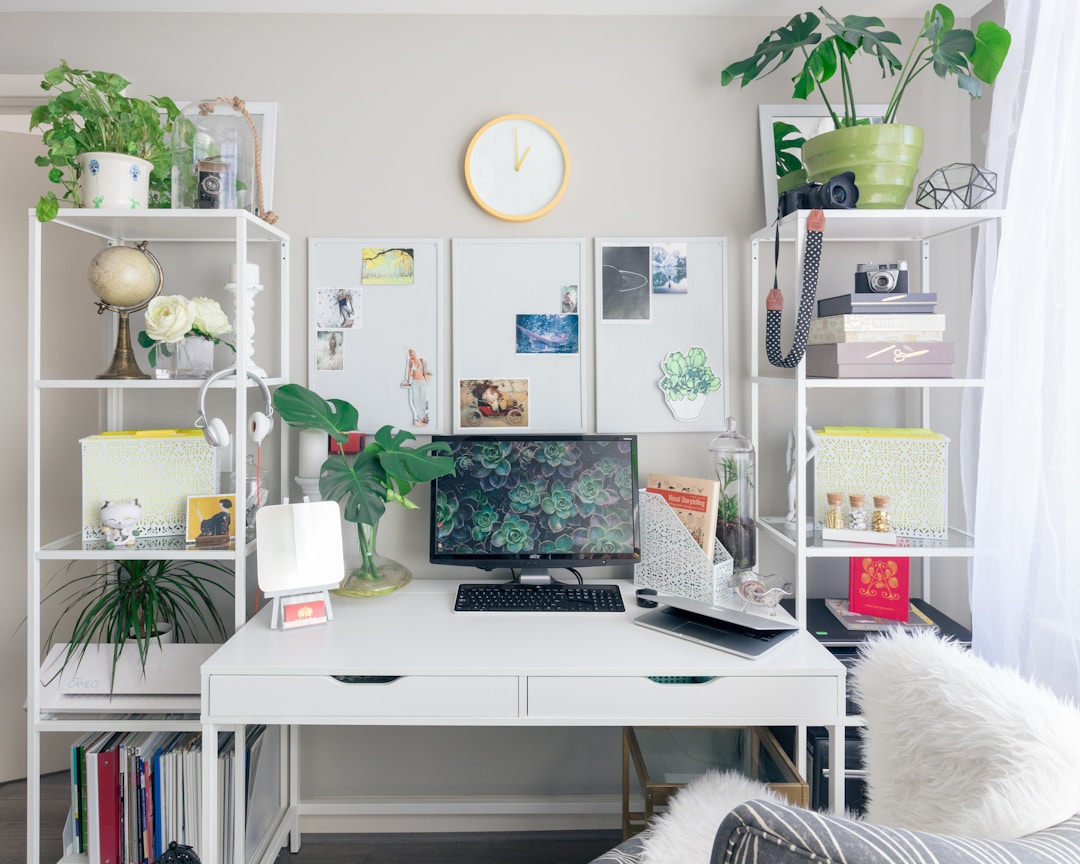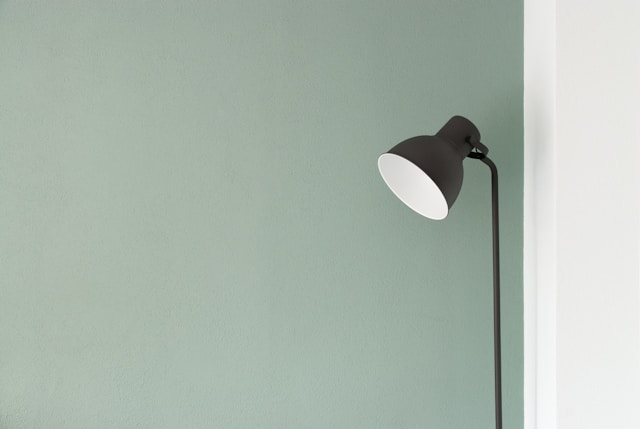The allure of solo sports adventures speaks to the spirit of independence and empowerment, offering unique opportunities for personal growth, challenge, and introspection.
North Carolina, with its diverse landscapes ranging from the serene beaches of Wilmington to the majestic mountains of Asheville, serves as an ideal backdrop for those seeking to explore the world of athletics alone.
Wilmington: A Coastal Adventure
Wilmington, North Carolina, offers various solo sports adventures, particularly for water sports enthusiasts and outdoor exploration. Solo travelers can customize their adventure on the water with Mahanaim Adventures, which provides various kayak tour options. Whether you’re looking to plan a guided trip that caters to your interests or simply rent a kayak for solo exploration, Wilmington’s top five kayaking spots offer breathtaking views and a chance to connect with nature personally.
For those who prefer to stay on land, the Wilmington Riverwalk presents a lively 2-mile stroll along the Cape Fear River, dotted with local markets, boutiques, and art galleries.

Asheville: Mountains and More
Nestled in the Blue Ridge Mountains, Asheville is an adventurer’s paradise, boasting millions of acres of forests and numerous mountain peaks. It’s the perfect setting for those seeking solo sports adventures with a twist. Unique to Asheville is the sport of Bellyak, a novel paddlesport where participants paddle on their stomachs using webbed gloves.
For adrenaline seekers, canyoneering with expert guides opens up the hidden beauty of waterfalls and river canyons. It combines hiking, boulder-hopping, and waterfall rappelling. Furthermore, Asheville offers a falconry experience, providing a rare opportunity to interact closely with birds of prey under the guidance of trained experts.
The High Country and Beyond
The High Country of North Carolina is a haven for solo adventurers seeking solitude and the thrill of discovery.
One can embark on a journey through the Appalachian Trail, traversing through a spruce forest to reach Roan Mountain, one of North Carolina’s most stunning balds.
Solo Sports Betting Adventures
The recent legalization of sports betting in North Carolina has opened up a thrilling new dimension for sports fans to engage with their favorite athletic events. The legalization allows fans to bet on various sports happenings around the globe directly from the comfort of their homes or while on the move. The introduction of legal sports betting has modernized how fans interact with sports and empowered them with more control over their engagement with the games they love.
With sports betting being legal in North Carolina, sports fans can now partake in the excitement of predicting outcomes, strategizing bets, and experiencing the thrill of the game in a more interactive manner.
Whether it’s basketball, football, baseball, or any other sport, the legal framework ensures a safe and regulated environment for placing bets.
Embracing the Waves: Surfing Solo in North Carolina
The allure of surfing has always had a unique charm when pursued solo, primarily because the experience of catching a wave is intensely personal and practical because a surfboard accommodates just one. North Carolina, particularly the Outer Banks, has some of the state’s most exhilarating surfing experiences. Despite their popularity and the resulting congestion, Dare County beaches offer surfers the promise of exceptional waves courtesy of the area’s geographical wonders.
Buxton is renowned across the Carolinas for offering some of the most impressive waves. Its unique positioning captures the converging coastal waters from Virginia and North Carolina, the Labrador Sea’s chilly currents, and the Gulf Stream’s warmth. The combination stirs up a stormy yet beautiful dance of waves perfect for surfing.
Nags Head, a cradle of surf culture since the 1960s, is not far behind in reputation, celebrated for its grassroots beach community and steady waves along a 12-mile sandy stretch. Moving southward to Wrightsville Beach near Wilmington, the vibe shifts towards youthful energy, with surfing competitions drawing in both the local college crowd and visitors, reminiscent of the bustling Virginia Beach surf scene.
Culinary Delights for the Solo Explorer
For solo travelers with a penchant for culinary exploration, Wilmington does not disappoint. The city’s diverse dining scene offers everything from historic donut shops to waterfront dining, where the ocean view complements the fresh, coastal cuisine.
Craft breweries welcome solo patrons with their inviting beer gardens, fostering a sense of community. Evening brings opportunities to enjoy sustainable farm-to-table Italian cuisine or to engage with friendly bartenders while sampling innovative cocktails at upscale restaurants.
Stargazing: A Solo Journey Through the Carolina Skies
For city dwellers accustomed to the dimmed stars of light-polluted skies, North Carolina offers a celestial escape into the vastness of the universe. Stargazing, especially alone, offers a profound appreciation of the cosmos’s expanse, inviting contemplation on one’s place within it.
Locations like Max Patch, a mountain bald along the Appalachian Trail in Hot Springs, challenge adventurers with an immediately difficult trail. The effort is rewarded with stunning 360-degree views from a grassy summit, where the Milky Way seems within arm’s reach on clear nights, offering a perspective vastly different from Charlotte’s mere 750 feet above sea level.

Embracing Solo Sports Adventures
Solo sports adventures offer more than just physical benefits; they are a gateway to personal discovery, resilience, and the joy of solitude. Engaging in these activities allows one to set their own pace, challenge personal limits, and enjoy the tranquility of nature without distractions.
North Carolina’s varied landscape offers ample opportunities for solo adventurers to explore new sports, whether it’s gliding through the waters of Wilmington or navigating the rugged terrain of Asheville.
The empowerment derived from solo sports adventures is unmatched. It teaches valuable lessons in self-reliance, decision-making, and the importance of being present. Moreover, these experiences foster a deeper connection with the environment, encouraging mindfulness and respect for nature.
The essence of solo sports adventures lies in the freedom to explore, challenge oneself, and embrace the moment. With its natural beauty and welcoming spirit, North Carolina offers the perfect backdrop for these journeys. It invites adventurers to discover the joy of solitude, the thrill of the sport, and the profound sense of accomplishment that comes from conquering personal challenges. These adventures are about the sports themselves and the transformative journey of growth, understanding, and empowerment they inspire.





